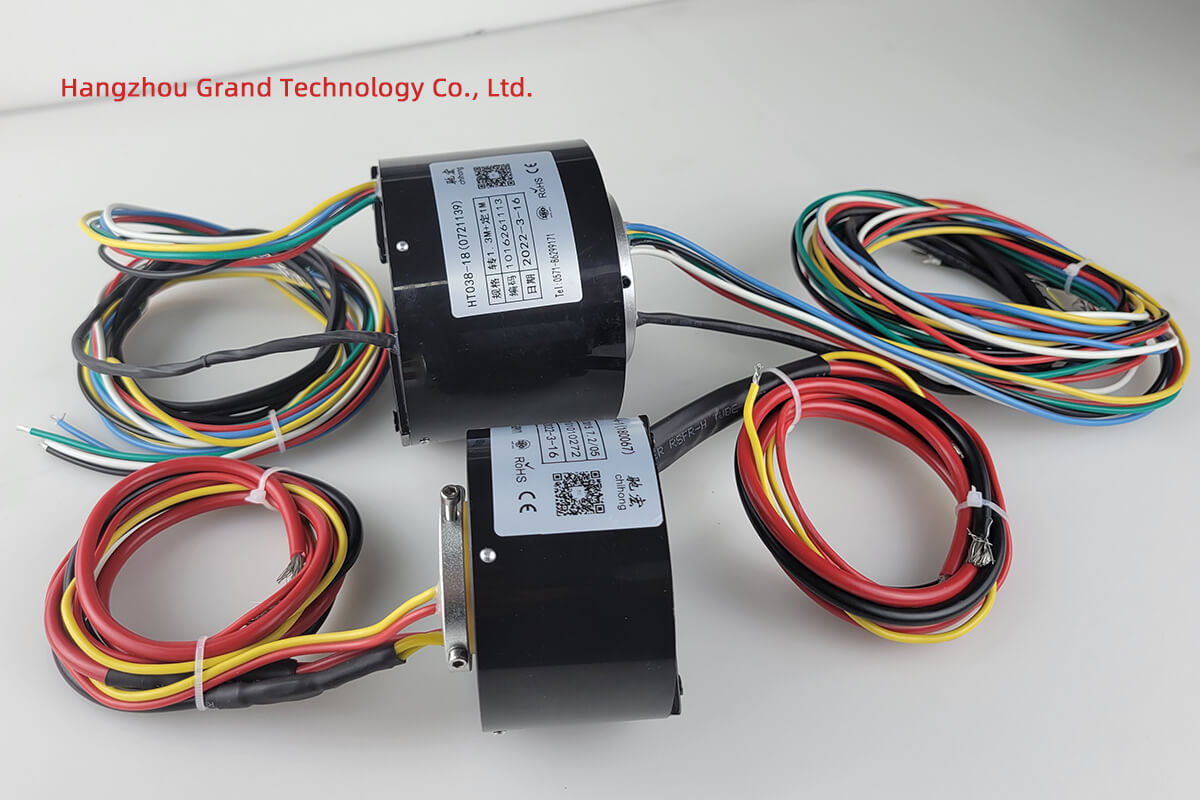Slip ring motors are widely used in industrial applications that require high starting torque and adjustable speed control. However, starting a slip ring motor can pose challenges due to the high starting current and mechanical stress involved. Liquid resistance starters (LRS) offer a solution to optimize the performance of slip ring motors during startup. This article provides an overview of slip ring motors, explains the core components and functioning of LRS, explores their advantages, applications, maintenance requirements, and future prospects.
Understanding LRS and Their Core Components
Liquid resistance starters (LRS) are electrical devices designed to control the starting current and torque of slip ring motors. They consist of a tank filled with a liquid resistance medium, electrodes, and a control system. The electrodes are immersed in the liquid resistance medium, and their position determines the effective resistance in the circuit. By varying the position of the electrodes, the resistance can be adjusted to control the current flow during motor startup.
How LRS Works with Slip Ring Motors
During startup, the liquid resistance starter gradually increases the voltage applied to the rotor windings of the slip ring motor. This controlled increase in voltage helps mitigate voltage fluctuations and mechanical stress. The LRS allows for a smooth and controlled acceleration of the motor, preventing excessive current surges and ensuring a reliable and efficient start.
Advantages of LRS for Slip Ring Motors
Using liquid resistance starters with slip ring motors offers several advantages. One significant advantage is the reduction of electrical and mechanical stress during motor startup. The controlled acceleration provided by the LRS minimizes voltage dips and spikes, protecting the motor and connected equipment from potential damage. Additionally, the LRS helps extend the lifespan of slip ring motors by reducing wear and tear during startup. The controlled acceleration also contributes to increased motor efficiency and energy savings.
Applications and Industrial Use
Liquid resistance starters find applications in various industrial sectors where slip ring motors are commonly used. They are particularly beneficial in applications that require high starting torque, such as large pumps, compressors, and conveyors. The controlled acceleration provided by the LRS ensures a smooth and efficient startup, enhancing the overall performance of the motor in these applications.
Challenges and Maintenance
Using liquid resistance starters with slip ring motors requires proper maintenance to ensure optimal performance. Regular inspections of the LRS components, such as the tank, electrodes, and control system, are necessary to identify any issues or potential failures. The liquid resistance medium should be monitored and replaced as needed to maintain its effectiveness. Routine maintenance and testing of the LRS ensure that it functions reliably and provides the desired level of control during motor startup.
Future Developments and Conclusion
The future of liquid resistance starters holds potential for further advancements. Technologies such as advanced control systems and improved electrode designs may contribute to more precise control of the starting current and torque. Ongoing research and development in LRS aim to enhance their efficiency, reliability, and overall performance. In conclusion, liquid resistance starters play a crucial role in enhancing the performance of slip ring motors during startup. Their ability to control the starting current and torque results in a smooth and controlled acceleration, reducing stress on the motor and connected equipment. With their advantages, applications, and potential for future advancements, LRS remains a valuable tool in optimizing the operation of slip ring motors in various industrial settings.
See What We Can Do

